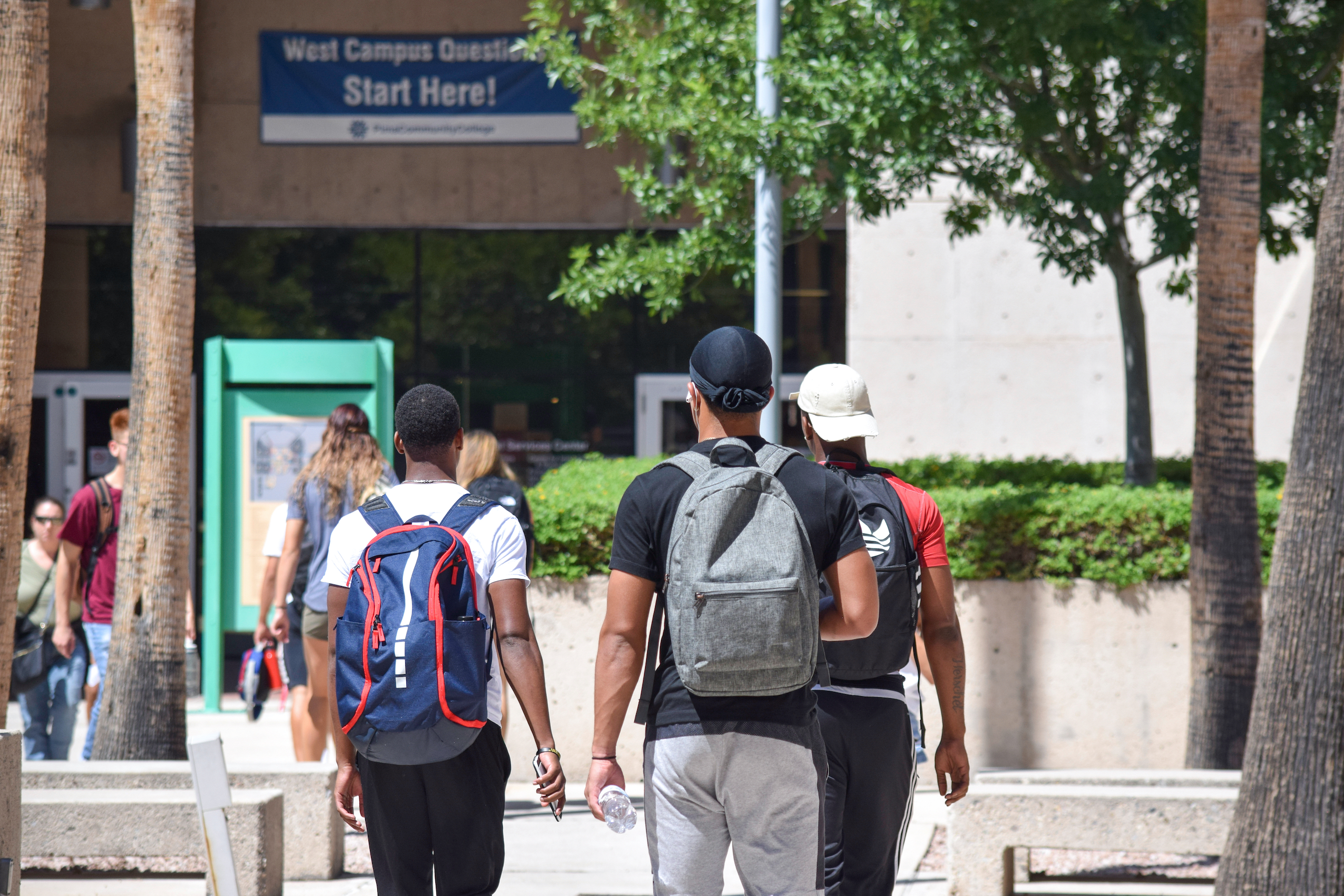Higher education costs accelerated from the 1990s onwards, drawing middle-class families into the financial economy. This has been matched by a withdrawal of government funding that had once supported state colleges and universities in the United States. Again, this is a trend that’s happened in the last 40 years and has accelerated since 2000. It used to be that governments paid for colleges and universities and provided them essentially free to middle-class families. Now, middle-class and lower-class families have to pay substantial sums in order to get a college education.
The real cost and value of higher education
Professor of Social and Cultural Analysis
- The cost of a college education has spiralled since the 1990s, forcing middle-class families and their children to take on crushing amounts of debt.
- Nonetheless, having a college degree has never been more important. For many people, it’s a prerequisite for maintaining a middle-class lifestyle.
- The pandemic has reminded us that higher education is a public good. Doctors, nurses and other college-trained professionals are more important than ever.
Sucked into finance
Finance touches so many aspects of our lives, including things that we don’t commonly associate with it. Take higher education. In today’s United States, families and students pay huge sums to get a college education. The average cost of attendance at a state school is $25,000 per year. That’s $100,000 per student for a four-year education. At a private institution, it’s double that. That means that middle-class families can’t afford to send their children to college without using debt and investment tools that are given to them by the government and financial industries. They are sucked into finance in order to achieve the most basic goals of middle-class life.
The spiralling costs of higher education
Middle-class families were drawn into debt through the vast expansion of loans in higher education. This took place at the same moment that finance was expanding in lots of other dimensions.

Photo by Marie C Fields.
The lifelong value of a college education
A college education is very valuable to the students who complete their degrees. There is no question that students who complete a four-year degree will be better off in terms of income.
A four-year degree is also predictive of other things, like having a stable family, living longer and voting more frequently. Having a four-year degree supports young adults’ lives, both in their earliest years away from their families and all the way through their careers. College education is really essential to gaining a foothold in what we’ve always thought of as the middle class.
Being middle class and staying middle class in the United States today really depends on education. What we know from economic research is that it has become less and less likely since at least the 1960s for children to stay in the same life situation as their parents. Decline is quite likely – much more likely than it has been before. At the same time, the possibilities for what wealth can do for you as a middle-class person are absolutely enormous.
In short, there is a huge upside and very little downside in completing a degree. Going through higher education is one way to make a bet that you will be able to beat the odds and maintain a middle-class life, or perhaps even come into a position of real wealth.
The expanding world of higher education
More people have access to a college education today than ever before. We need to consider the implications of that. For example, there are community colleges that give two-year associate degrees and essentially take everyone who applies. These are also the places that have suffered the most cutbacks in funding and are in the weakest position to support the students who go there.

Photo by Jennifer G. Lang.
At the same time, there’s been a rise in for-profit universities in the United States and around the world. People who would not have had access to higher education before can pay exorbitant amounts for a dubious quality of education that won’t pay off. These for-profit colleges have very low graduation rates.
Generally, when we think about higher education from inside prestigious universities, like the one that I teach at, we think of four-year degrees. But that is only one very small part of the education world. When we think about what higher education can do for mobility, we need to think about all of the different pieces in the jigsaw, from community colleges and for-profit institutions all the way up to the flagship schools and the elite non-profits.
Race and higher education
Black families, as we might expect, have more difficulty accessing higher education. They take more loans than white families, in part because they also have less wealth and have faced discrimination in the labour market. They are coming into higher education with fewer financial resources in their pocket. They borrow more and then have more trouble paying back the loans that they have taken.
The historical discrimination and present discrimination that Black families face continues through the pursuit of higher education. It’s one of the terrible ironies of our current situation. Black middle-class families, like their white counterparts, believe that their children should have an open future; that they should be able to cultivate their talents and choose where those talents will take them. But the historical discrimination and present discrimination they face means the opposite occurs in practice.
Parents in debt
Higher education is just one of the ways that financial markets invade our everyday lives. I’ve talked about the debt that families have to take on, which is actually given by the government. But even in their early years, couples across the United States are instructed to start saving and investing their money in order to get their kids to and through college. Families start worrying about this investment very early on. And for most families, there is actually little chance that they will be able to save money for a goal that is 18 years in the future. At the same time, the federal government and financial advisers are all giving messages that this is what they should be doing if they are responsible parents; that they will, in fact, be saving and investing for their children. That is one of the fundamental ways that finance has moved into daily life and into our most intimate spaces.
Higher education is a public good
Middle-class students and the young adults they become after they leave college should have a right to the future. They believe that this is their due and something that is an inheritance of the American middle class more broadly.

Photo by Billion Photos.
Right now, however, the loans that these young people take out mean they have to begin worrying about debt even while they’re still in school. This shapes what they believe they should study and what kind of jobs they think they should get to pay back the loans once they have graduated.
This was not the condition of their grandparents. In fact, we have seen in the United States and around the world really robust investments in higher education from governments who recognised that it’s a public good.
During the pandemic, it has become more clear why this is the correct way to view higher education. We need our colleges and universities to teach nurses, doctors and all the other people we rely on every day and who are made useful to all of us through that education.
Discover more about
the costs of higher education
Zaloom, C. (2018). A Right to the Future: Student Debt and the Politics of Crisis. Cultural Anthropology, 33(4).
Zaloom, C. (2019). Indebted: How Families Make College Work at Any Cost. Princeton University Press.
Zaloom, C. (2018). How will we pay? Projective fictions and regimes of foresight in US college finance. Journal of Ethnographic Theory, 8(1–2).